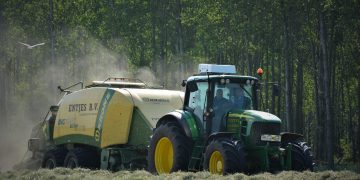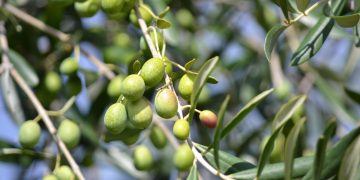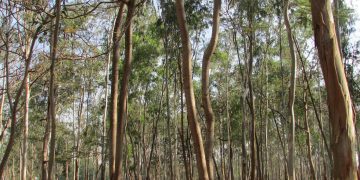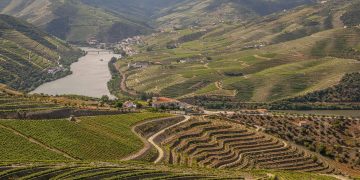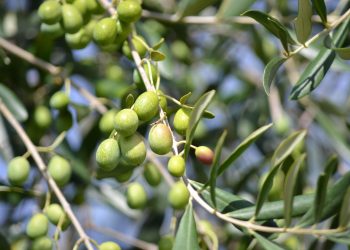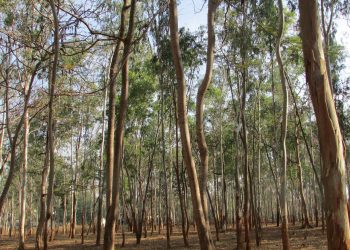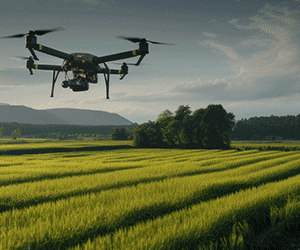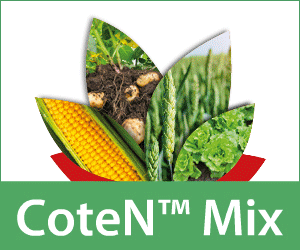Main findings of the May global overview
- In southern Africa, the main cereal season is ending with generally good prospects, thanks to favourable agroclimatic conditions during the second part of the season (January–March 2025). South Africa, the main cereal producer in the region, is expecting a 15 % increase in maize output compared with last year’s reduced production (Crop Estimates Committee). Another significant maize supplier in the region, Zambia, has forecast its maize output at 3 655 million tonnes, up from 1 500 million tonnes last year (Zambia Statistics Agency). Similarly, Angola, Malawi, Mozambique, Namibia and Zimbabwe are also expecting harvests that surpass last year’s poor outputs.
- In East Africa, improved rainfall conditions in May have led to favourable crop and rangeland conditions in most bimodal areas across the Horn of Africa and in South Sudan and Uganda. Below-average vegetation conditions are observed in eastern Ethiopia, eastern Rwanda, north-western South Sudan and south-western Uganda. In South Sudan, conflict continues to disrupt agricultural activities. Sudan remains the region’s most critical hotspot, contributing about 65 % of the Intergovernmental Authority on Development (IGAD) caseload.
- In West and central Africa, first-season maize crop conditions are generally favourable in the southern bimodal parts of the region. A slight delay in the planting season has been observed in northern Benin, central and northern Cameroon, southern Chad, most parts of Ghana, the Middle Belt states in Nigeria and northern Togo. The Copernicus Climate Change Service multimodel seasonal rainfall forecast for June–August 2025 indicates drier-than-average conditions in southern and western parts of the region, wetter-than-average conditions in north-eastern parts and average conditions elsewhere.
- In the Middle East, harvest of winter wheat and barley has started and prospects are mixed as a result of the dry conditions since the start of season. In Yemen, the harvest of irrigated wheat was completed in the central and northern highlands, with good prospects. In Yemen, sorghum and millet sowings are under way under close-to-average conditions, except in the central and northern highlands. In North Africa, the harvest of winter cereals has started or is about to start and prospects are mixed: close to average in Algeria, very poor in Morocco and above average in Tunisia.
- In central Asia, the harvest of winter cereals has started or is about to start, with average to above-average production prospects. In Afghanistan, the harvest of winter wheat is under way, with good prospects except in the north-west (Jawzjan and Faryab) and in the north (Samangan). In Afghanistan, spring cereals have been growing under conditions of below-average rainfall since November and above-average temperatures since April. In South Asia, planting of kharif crops and of aus and aman rice started in both Bangladesh and Pakistan under close-to-average conditions. In Sri Lanka, planting of second-season yala rice was completed under favourable moisture conditions. In North Korea, rainfall was abundant in April and May, which could negatively affect wheat and barley grains but is favourable for the current maize growth and the start of the rice season.
- In Latin America and the Caribbean islands, rainfall conditions over the past month have generally supported the normal development of crops in the sowing and vegetation stages. However, all countries have limited areas of cropland with below-average vegetation growth, which may be attributed to farmers delaying sowing waiting for the full onset of the rainy season or reducing planted areas due to high input costs. Harvest prospects are favourable for rice in Cuba (except in Pinar del Río), for rice and sorghum in Colombia and for various crops in Peru. In Bolivia and Ecuador, harvests in key grain-producing departments will probably be reduced by the impact of the severe flooding that has occurred in recent months.
The next assessment is scheduled for the end of May 2025.
O artigo foi publicado originalmente em JRC.

